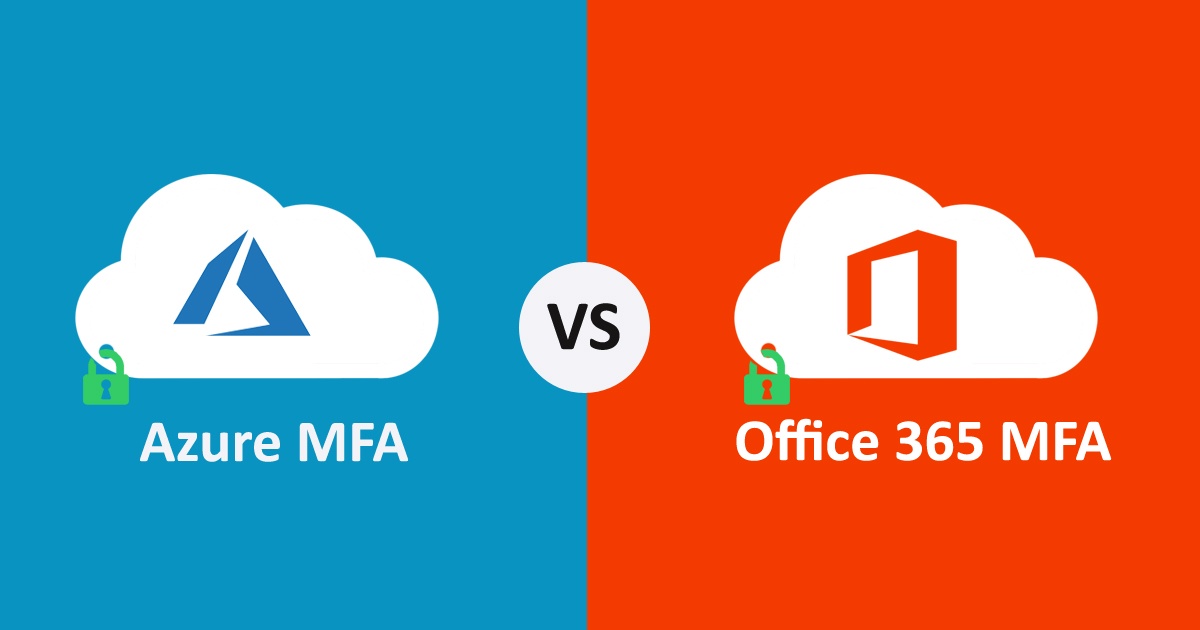
My carrier is sprint/tmobile, spam/phishing protection is disabled. You can try the next day, you can try two weeks later - they just don't send a text. It still wants me to enter it for validation, and wants to send a text. Their MFA simply does not work - not in edge cases - in very basic straight forward cases. Let me add one that I ran into, which doing a search a whole slew of people have. None of these are oversights, bugs, or missing features. If you've wiped your old phone (e.g.: trade-in or repair), you are now locked out.Īll of the above were designed, architected, and developed on purpose.

none of them will work, and you get partial instructions that you can't follow. You need to first configure a consumer account(!) to back up your enterprise MFA settings, and then restore them manually. Apple IOS will securely transfer your accounts, passwords, etc. Someone at Redmond really wanted their KPIs met at Yubikey's expense.ģ) If you get a new iPhone, unlike everything else on the phone, the Authenticator app will not transfer your MFA registrations.

They're available, but they're always tiny, tiny links squirrelled away so that you're inexorably lead towards using the Authenticator app. I have dozens already and clocking up.Ģ) When logging in to Azure, Microsoft has purposefully added "dark patterns" to hide options related to other, non-Microsoft-Authenticator technologies. It'll prompt you to create a new entry each time. So if you already have the Authenticator app installed and configured, it doesn't matter.

Some examples that came up recently in "not corner case" scenarios:ġ) For tenant-to-tenant guest access, each user must re-register MFA for each tenant they've been invited to. I can understand if a product has limitations, or odd edge cases, but Microsoft MFA is purposefully designed to be user-hostile.


 0 kommentar(er)
0 kommentar(er)
